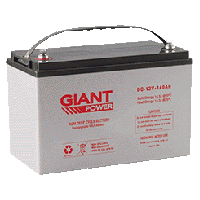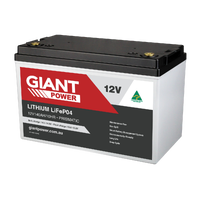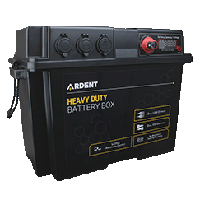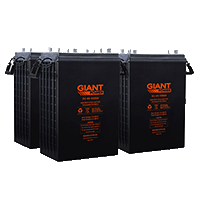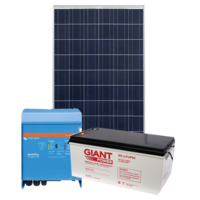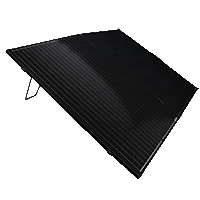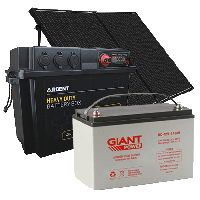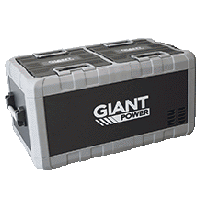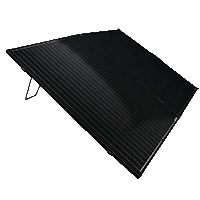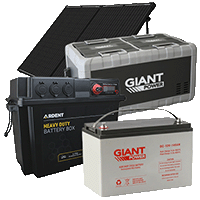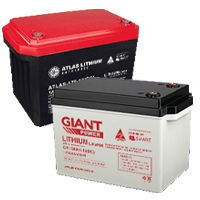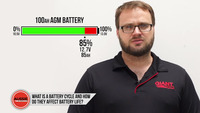How to Test Your Camping Fridge's Efficiency
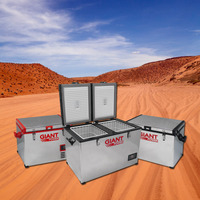
When you’re buying a new camping fridge, you’re most likely going to choose a fridge with the best efficiency rating. After all, you’d want your food to remain cold for the duration of your trip without constantly draining your batteries, or wasting all your money on petrol refilling your generator. However, you may have wondered if your unit is truly reaching its promised low temperatures. Or maybe you have noticed that your fridge requires a lot more power than you originally anticipated. Fortunately, there’s an easy way for you to test your portable fridge’s actual temperature and energy usage.
Testing your camping fridge’s temperature
To sustain your food’s freshness for a longer time and to prevent bacteria from growing, it is essential that your portable fridge maintains its temperature between 0°C and 5°C. In fact, the ideal temperature for your fridge compartment is approximately 2-3°C as this offers the perfect balance between having your food spoiled and having your food frozen. The freezer compartment should be at a temperature of approximately -10°C to -20°C depending on what you want to keep frozen.
.jpg) Testing how cold your portable fridge actually becomes is an easy task. If your fridge has dual compartments, you’ll need two individual temperature sensors. There are multiple types available, one of the easiest to use has a small display with a cable and sensor. If your device only has one compartment, one temperature sensor will suffice. These individual temperature sensors are convenient tools as they allow you to place the cable within the fridge while having the display visible on the outside of the device.
Testing how cold your portable fridge actually becomes is an easy task. If your fridge has dual compartments, you’ll need two individual temperature sensors. There are multiple types available, one of the easiest to use has a small display with a cable and sensor. If your device only has one compartment, one temperature sensor will suffice. These individual temperature sensors are convenient tools as they allow you to place the cable within the fridge while having the display visible on the outside of the device.
Place one sensor within each compartment; one in the fridge and one in the freezer section. Close the fridge/freezer and place the display outside of the unit (e.g. on top of the lid). This way, you don’t have to constantly open the fridge to check the temperature as this will impact the data. Now you can connect your camping fridge to your deep cycle battery (or mains power) and set the fridge’s display on the desired temperature.
If you’d like to know how long it takes for your fridge to reach its set temperature, it is recommended to check the data on regular intervals (e.g. every ten minutes) and record them.
Important note: If your fridge has an inbuilt temperature sensor, you may notice that its temperature is a little different from the individual sensor you’re using. Typically, this is a result of the type and internal location of the inbuilt sensor of the fridge.
Testing your camping fridge’s energy usage
One of the most important factors that influence a customer’s choice of portable fridge is its energy usage. The less power your device will use, the more beneficial it will be for you in the long run. Testing your fridge’s energy usage is just as easy as testing its temperature.
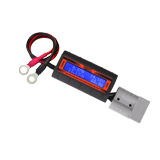 For this test, you’ll need a way to measure how much power is being drawn. We recommend using a watt meter or similar device that shows you how much power is being drawn at the present moment, and gives a count of how much has been drawn since it was first connected. Place the watt meter between the connection of your deep cycle battery (or mains power) and your fridge. Set the fridge’s display on the desired temperature and ensure that the lid remains closed throughout the entire test. It is recommended to record the data on regular intervals as the amount of energy being drawn will fluctuate whenever the fridge has reached its temperature and whenever it needs to correct it.
For this test, you’ll need a way to measure how much power is being drawn. We recommend using a watt meter or similar device that shows you how much power is being drawn at the present moment, and gives a count of how much has been drawn since it was first connected. Place the watt meter between the connection of your deep cycle battery (or mains power) and your fridge. Set the fridge’s display on the desired temperature and ensure that the lid remains closed throughout the entire test. It is recommended to record the data on regular intervals as the amount of energy being drawn will fluctuate whenever the fridge has reached its temperature and whenever it needs to correct it.
A testing example
Recently, we conducted our own portable fridge tests. The first test focused on the time our fridge needed to go from room temperature (26°C) to its set temperature; the freezer was set to -10°C and the fridge to approximately 3°C.
The second test focused on our fridge’s energy usage, and ran over a 24 hour period. A 150A watt meter was attached between the connection of a fully charged 105AH AGM deep cycle battery and our unit. To see the final results of our tests, have a look at our Portable Fridges Comparison video.
Things to consider when you’re testing your camping fridge
When you’re testing your portable fridge’s efficiency it’s essential to remember that the results will depend on a few factors. Generally, newer fridges will reveal temperatures and energy usages closer to the indicated rating than older fridges. The results will also be determined by the ambient temperatures; higher temperatures will increase your unit’s energy usage as it needs to work harder to maintain its cool temperatures.
Your fridge’s efficiency is also determined by what’s inside: are you testing an empty fridge or a fridge with some food items stored in it? An empty fridge will often reach its set temperature quicker than a fridge filled with unrefrigerated food, and as such will reveal a lower energy usage. On the other hand, a fridge filled with frozen food items will have a minimal energy usage as the chilled food will help to keep the fridge cool with their thermal mass. As such, the fridge has to work less hard to reach ideal temperatures. So, the next time you go camping, simply fill your fridge with frozen or pre-chilled items and help your fridge maintain its temperature with a minimal use of power.
January 21, 2015 | By Aussie Batteries | Comments

